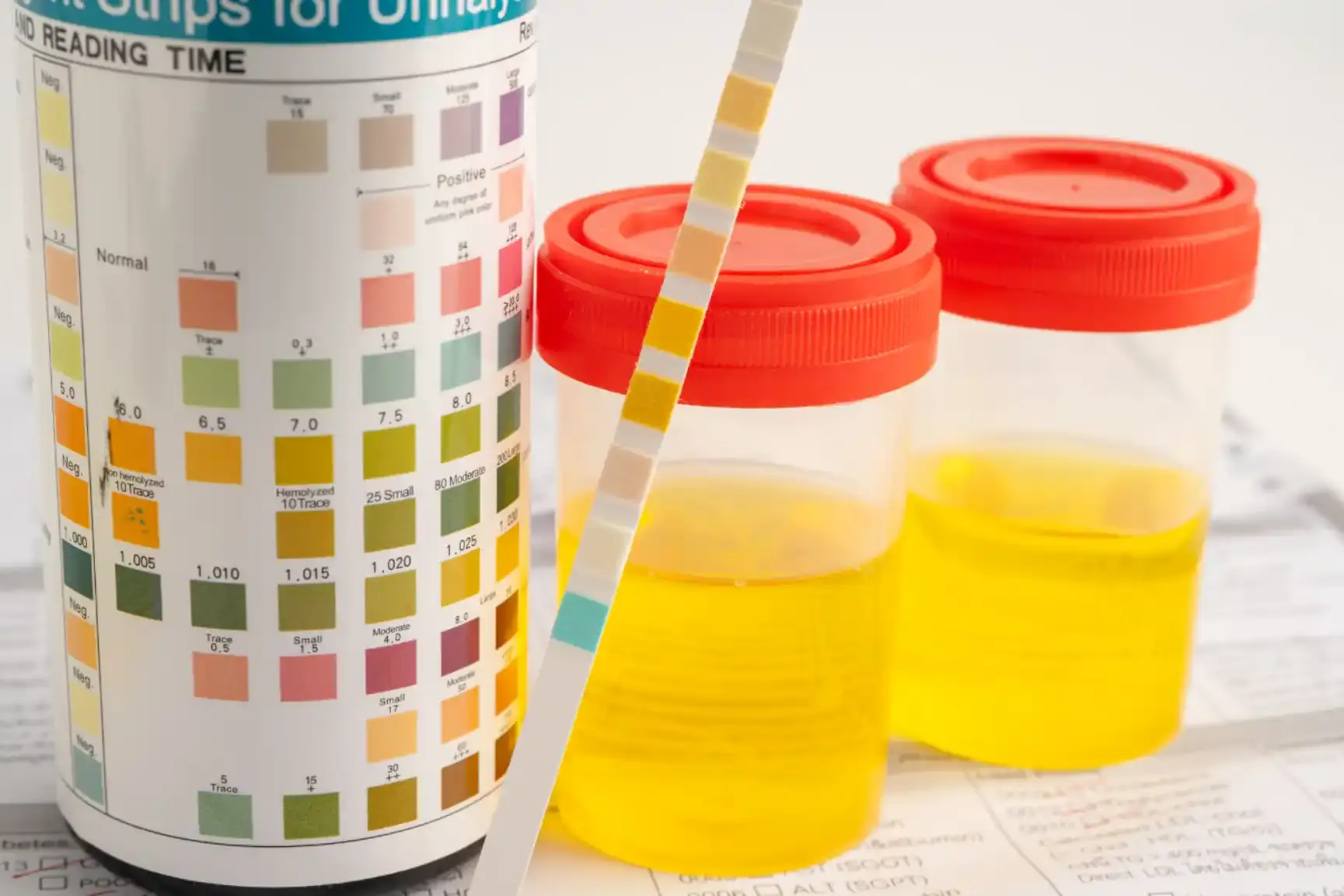Lactose intolerance can be defined as an inability to break down a specific natural sugar called lactose. Lactose is found in dairy products like milk, yoghurt, cheese, butter etc. Lactose is broken down by an enzyme present in the small intestine called lactase. The intolerance develops when one’s small intestine does not produce enough lactase. Due to lactase deficiency, lactose is not digested. It moves to the large intestine, where certain large intestine bacterias interact with the lactose and give out signs of lactose intolerance like bloating, gas, etc. this condition can also be called lactase deficiency. It only causes gastrointestinal problems such as gas, diarrhoea, bloating, etc.
Table of Contents
TogglePeople often forget that the body only functions to an extent. And these symptoms start to show up within the first minutes after consumption. People who are lactose intolerant should avoid dairy products or take medications containing the lactase enzyme before ingesting products. It does not work in some cases because it cannot do so, and ingesting dairy products while being lactose intolerant cannot be fatal but can cause significant troubles for the time being.
Symptoms of Lactose Intolerance
The lactose intolerance symptoms show up between 30 minutes to 1.5 hours after consuming any dairy product because this is the time it takes for food to reach the large intestine, where the bacterias of the large intestine interact with lactose and produce the symptoms. The severity of a case depends on the amount of lactose consumed and the amount of lactase made. The symptoms are generally gastrointestinal. Following are the symptoms of dairy intolerance.
- Abdominal cramps
- Bloating
- Gas
- Diarrhoea
- Nausea
These are the symptoms that point towards it. If any of the symptoms arise between 30 minutes to 1.5 hours, there’s a good chance that you might be lactose intolerant.
Types of Lactose Intolerance And their causes
- Primary Lactose Intolerance
This is the lactase deficiency caused due to ageing. This is the most common type of lactose intolerance. The body, as it grows, lessens the amount of lactase it produces as the lactose intake decreases over age in humans, hence resulting in lactose intolerance. The decline in lactase is gradual and happens slowly over time.
- Secondary Lactose Intolerance
This is caused due to illness or injury. Intestinal diseases, surgery, or damage to the small intestine can lead to lactose intolerance; this is called secondary lactose intolerance. This can be treated if the lactase levels are restored by resolving the cause.
- Congenital
Lactose Intolerance
There are some rare cases where a parent passes on lactose intolerance to their child; this is so rare because transferring that particular defected gene to the offspring is merely coincidental, which results in the absence of lactase in a child. This is a case when one is born with it. This is known as congenital lactose intolerance.
- Developmental lactose intolerance
This is caused when a baby is conceived prematurely, and this occurs because lactase production in the babies occurs after 34 weeks of pregnancy.
Test for Lactose Intolerance
If you are having symptoms, getting it tested is the best option. These tests measure the amount of lactase activity in the blood. These are some tests for lactose intolerance which include:-
- Lactose intolerance test
This is a test where the blood’s reaction is measured to the liquid with high lactose content.
- Hydrogen breath test
This is a test where hydrogen level is measured in the breath after consuming a high lactose beverage. If your body cannot digest lactose, the bacteria in your intestine will break it down instead. When the sugars like lactose are digested, the process is called fermentation. Hydrogen gas is released during the process, absorbed by the intestine and released through our breath. If the lactose is not being fully digested in your body, it will increase the amount of hydrogen in your breath, indicating lactose intolerance.
- Stool acidity test
This test measures the amount of lactic acid in the stool. This is usually done on infants and children. Lactic acid accumulates in one’s seat when the bacterias in the large intestine react with undigested lactose in the food.
lactose intolerance treatment
As of now, there are no medical procedures to make your body start producing lactase. The only way to control the symptoms of lactose intolerance is by preparing a diet with lesser or no lactose contained material. Even the lactose intolerant can consume up to ½ cup of milk without experiencing any symptoms of lactase deficiency. There are various lactose-free milk products available in the market, which are an excellent substitute for lactose-containing products for that lactose intolerant.
Not all dairy products contain high amounts of lactose. Products like low-fat milk, hard cheeses like cheddar, parmesan, swiss also have low levels of lactose. Lactase enzymes are also available in the form of capsules, pills, drops, etc.
People suffering from lactose intolerance who are not consuming any dairy products may develop a deficiency of the following:-
- Calcium
- Vitamin D
- Riboflavin
- Protein
Taking supplements or a diet rich in the above mentioned is suggested to the patients with lactose intolerance.
Fitting lactose intolerance into your life
Living a life with it can be a challenging task. A few points mentioned below can help you continue with your everyday life being lactose intolerant.
- You are finding a balanced diet plan which also reduces the lactose intake and balances the nutrition suppressing your symptoms and enabling you to get the same food required.
- Consume the dairy products by spreading them out over the day and consuming the products with lesser lactose like cheese and yoghurt.
- Find ways to get enough nutrients, especially calcium.
- Consult a doctor and use lactase products that help in the digestion of dairy products.
- Find the perfect alter for your body by experimenting, but keep your health in mind, always.
About The Author

This article is medically reviewed by Dr. Nivedita Pandey, Senior Gastroenterologist and Hepatologist, ensuring accurate and reliable health information.
Dr. Nivedita Pandey is a U.S.-trained gastroenterologist specializing in pre and post-liver transplant care, as well as managing chronic gastrointestinal disorders. Known for her compassionate and patient-centered approach, Dr. Pandey is dedicated to delivering the highest quality of care to each patient.
→ Book a consultation to discover which remedies suit your needs best.
About Author | Instagram | Linkedin





